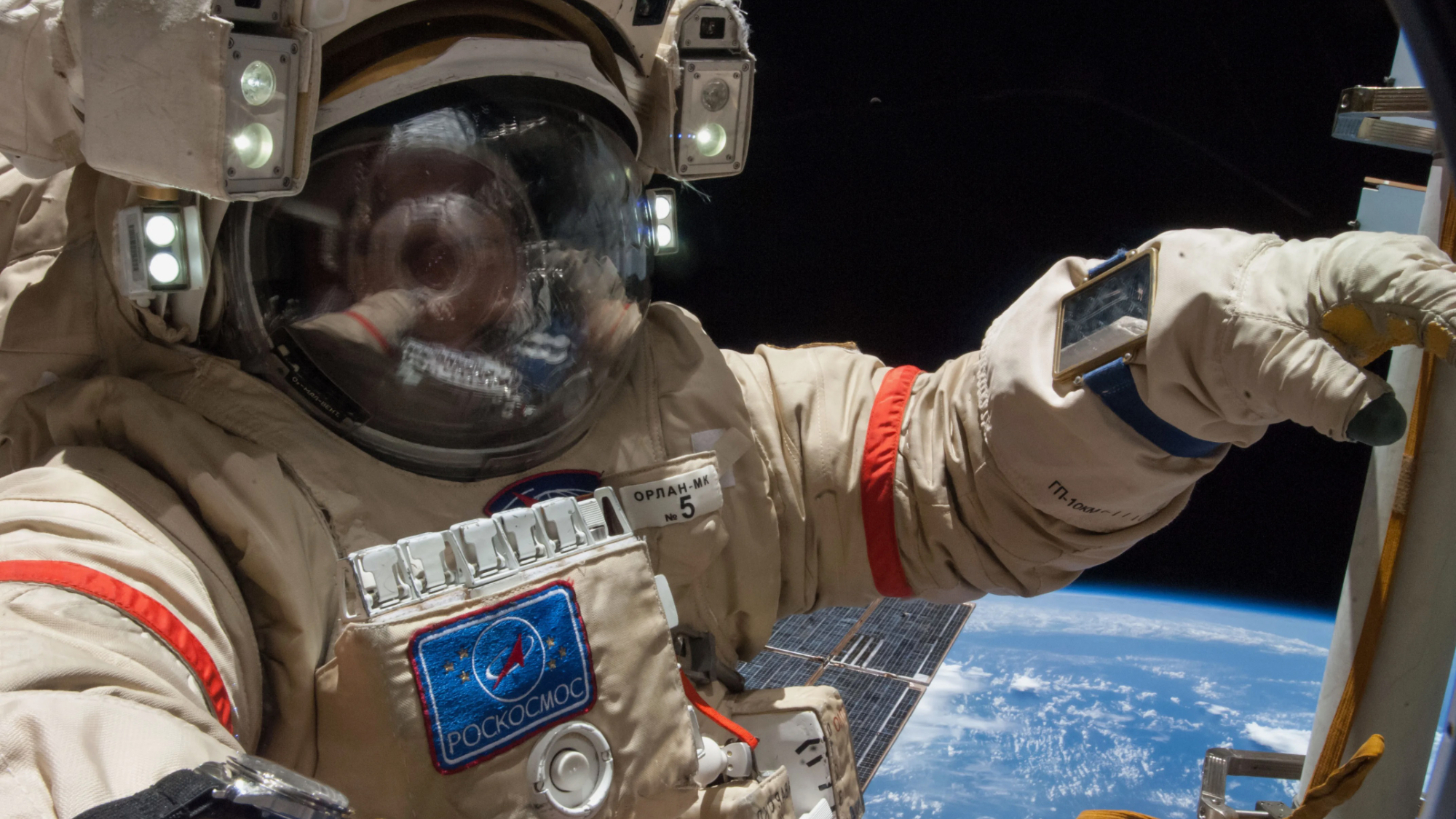Ariane 5 Successfully Orbits France's Helios 2A Satellite
An Ariane 5 rocket punched through clear South American skies today to successfully launch a French military spacecraft and six microsatellites into orbit.
The spacecraft, a Helios-2A reconnaissance satellite, and its secondary payloads lifted off exactly at 11:26 a.m. (1626 GMT) from launch complex ELA3 at Guiana Space Center in Kourou, French Guiana.
The launch, Flight 165, marked the first daytime space shot for the French-led Arianespace consortium in five years.
"This Flight 165 is special in that we don't have a launch window," said Arianespace CEO Jean-Yves Le Gall before the flight. "We have to launch exactly on the second."
Today's on-time launch of Flight caps the third and last Ariane 5 launch for this year and the 164th launch for Arianespace.
About one hour into the flight at 12:27 p.m. EST (1727 GMT), the Helios 2A spacecraft successfully separated from its upper stage, prompting thumbs-up signs from observers in the mission control. The event was followed by the release of all six microsatellites within 10 minutes.
Speaking from Paris, French Defense Minister Michele Alliot-Marie called the flight an important moment for European defense.
Breaking space news, the latest updates on rocket launches, skywatching events and more!
Built by EADS-Astrium for the French Space Agency (CNES), Helios 2A is a surveillance satellite bound for a Sun-synchronous polar orbit at an altitude of about 680 kilometers. There it will serve the defense ministry as well as well as the surveillance and security needs of a number of European countries, according to its mission profile. The three-axis stabilized spacecraft weighs about 9,240 pounds (4,200 kilograms).
Flight 165's six auxiliary payloads, CNES' Parasol satellite, the Spanish Nanosat and a set of four Essaim spacecraft, are part of the Myriad microsatellite series.
Parasol is designed to study the radiation and microphysical properties of clouds and aerosols for CNES. The 20-kilogram Nanosat is a demonstration spacecraft to test solar and magnetic sensors, as well as telecommunications systems.
The remaining four spacecraft, dubbed Essaim 1 through 4, make up a multi-satellite demonstration mission to test the feasibility of space-based detection of electronic transmitters. Unlike Parasol and Nanosat, the four Essaim satellites will fly in formation during their mission, mission officials said.
"We all feel a little like orphans," said Bernard Lamaison, Helios 2A spacecraft manager for CNES, before the launch. "Our satellite's leaving us."
French space officials don't plan to leave Helios 2A in space alone for long. In 2006, Helios 2B is due to be completed and delivered Kourou for launch in 2008, Arianespace officials said.
Join our Space Forums to keep talking space on the latest missions, night sky and more! And if you have a news tip, correction or comment, let us know at: community@space.com.

Tariq is the award-winning Editor-in-Chief of Space.com and joined the team in 2001. He covers human spaceflight, as well as skywatching and entertainment. He became Space.com's Editor-in-Chief in 2019. Before joining Space.com, Tariq was a staff reporter for The Los Angeles Times covering education and city beats in La Habra, Fullerton and Huntington Beach. He's a recipient of the 2022 Harry Kolcum Award for excellence in space reporting and the 2025 Space Pioneer Award from the National Space Society. He is an Eagle Scout and Space Camp alum with journalism degrees from the USC and NYU. You can find Tariq at Space.com and as the co-host to the This Week In Space podcast on the TWiT network. To see his latest project, you can follow Tariq on Twitter @tariqjmalik.
